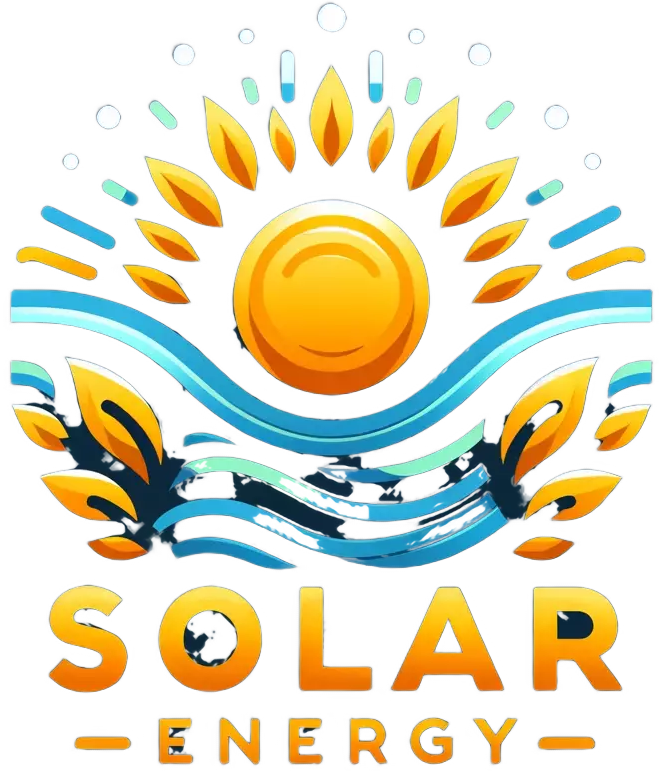In an era marked by increasing concern for the environment and a growing emphasis on sustainable living, Solar Sites have emerged as a beacon of hope. These sites are not just patches of land with solar panels; they represent a shift towards cleaner, more sustainable energy sources. Solar Sites are areas specifically designated for the installation of solar panels to capture and convert sunlight into electricity. They play a pivotal role in reducing carbon emissions and addressing the global energy crisis.

The Importance of Solar Site Selection
The first and foremost step in harnessing the power of Solar Sites is selecting the right location. Solar energy production heavily relies on the availability of sunlight, so choosing a site with optimal sun exposure is essential. Several factors come into play during the site selection process:
- Sunlight Exposure: The site’s geographical location and the amount of sunlight it receives throughout the year are crucial. Solar panels require direct access to sunlight for maximum efficiency.
- Shading: Identifying potential sources of shading, such as tall buildings, trees, or other obstructions, is vital. Shading can significantly reduce energy production.
- Local Regulations: Understanding local zoning laws and regulations related to Solar Sites is essential. Some areas may have restrictions on solar panel installations or require permits.
Assessing Solar Site Suitability
To assess the suitability of a location for a Solar Site, various tools and technologies are available. These include:
- Solar Resource Maps: Utilize solar resource maps to determine the average sunlight levels in a specific region. These maps can help identify areas with the highest solar potential.
- Solar Site Assessment Software: There are software applications that provide detailed analysis and simulations to evaluate a site’s solar potential accurately.
- On-Site Evaluation: Conduct on-site evaluations, including shade analysis and solar exposure measurements, to gather precise data about the location.
Maximizing Efficiency in Solar Sites
Once a suitable location is chosen, optimizing the efficiency of the Solar Site becomes paramount:
- Tracking Systems: Consider the use of solar tracking systems that follow the sun’s path throughout the day, ensuring panels are always angled for maximum exposure.
- Regular Maintenance: Scheduled maintenance is crucial to keep solar panels clean and in good working condition. Accumulated dirt and debris can reduce efficiency.
Solar Sites for Residential Use
Residential Solar Sites have gained popularity as homeowners seek to reduce their carbon footprint and lower energy bills. Installing Solar Sites on residential properties offers several advantages:
- Financial Incentives: Many governments offer financial incentives, such as tax credits or rebates, to homeowners who invest in solar panels.
- Energy Bill Savings: Solar Sites can significantly reduce electricity bills, making them a cost-effective long-term investment.
Commercial and Industrial Solar Sites
Businesses and industries are also embracing Solar Sites for their energy needs:
- Large-Scale Energy Generation: Industrial Solar Sites can produce a substantial amount of energy, making them a sustainable choice for large corporations.
- Environmental Responsibility: Companies that invest in Solar Sites demonstrate their commitment to reducing their carbon footprint, which can be a valuable selling point.
Conclusion and Future of Solar Sites
In conclusion, Solar Sites are at the forefront of the renewable energy revolution. Their selection and optimization are pivotal steps in harnessing the power of the sun for a greener, more sustainable future. Whether you’re a homeowner looking to cut energy costs or a business aiming to reduce your environmental impact, Solar Sites offer a viable solution. With ongoing advancements in technology and increased awareness of the benefits, Solar Sites are set to play an even more significant role in our energy landscape. Don’t miss out on the opportunity to unlock the power of Solar Sites!
